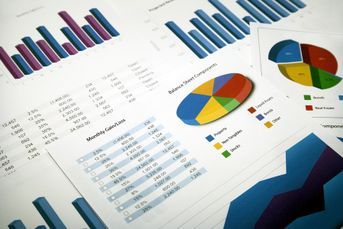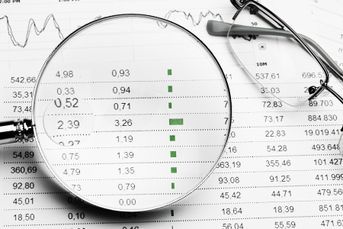Don’t count high yield out just yet
Reward in the offing for investors who stick to their guns, keep an eye on liquidity, remain vigilant on credit quality.
Fears about higher U.S. interest rates, rising defaults and a multi-month decline in the price of oil have injected a dose of high anxiety into the high-yield market. But investors will be better off this year if they stand their ground and stay invested.
We understand the concern. 2015 is likely to be a volatile year and there are some things investors need to keep their eye on, including credit quality and market liquidity. Investors must make sure their high-yield portfolios are well diversified and we think they should resist the urge to stretch for yield from the riskiest credits.
But we don’t think it’s time to exit high yield altogether. Here’s why:
Fed rate hikes are not the end of the world. Yes, the Federal Reserve appears likely to start raising rates sometime this year. And, yes, that will cause a great deal of volatility in financial markets, much as the Fed’s 2013 announcement about tapering monthly asset purchases did.
But here’s what we learned from that episode, now affectionately — or perhaps not so affectionately —known as the “taper tantrum”: those who hunkered down and stayed invested came out ahead; the Barclays US High Yield Index earned a healthy 7.4% return. Things could play out in a similar fashion this time around.
Valuations don’t look quite so rich. The selling in high yield over the last few months has left the overall market looking more attractive than it has for some time. Previously, yield-hungry investors caused yield spreads to tighten considerably, in some cases to the point where we thought investors were not being adequately compensated for the risk they were taking.
High yield can reduce risk without sacrificing return. High-yield bonds may look like other bonds, but they don’t necessarily act like them. High yield is not closely correlated with interest rates, and in fact, the asset has done well historically during periods of Fed tightening. Over time, the high-yield market exhibits a reasonable correlation to equities, as both are strongly linked to the business results and fundamentals of the companies they represent.
https://s32566.pcdn.co/wp-content/uploads/assets/graphics src=”/wp-content/uploads2015/01/CI98353216.JPG”
But here’s something some investors may not realize: over the past three decades, high-yield bonds have delivered equity-like returns with much lower volatility. With overall market volatility expected to rise this year, risk-averse investors or those looking for a way to moderate the equity volatility in their portfolios may find that high yield offers a way to reduce risk without sacrificing much in the way of returns.
Defaults are not a short-term concern. Chances are default rates in 2015 will exceed those we’ve seen over the past two or three years. But remember, rates have been at extremely low levels for quite some time now, and even a higher default rate in 2015 would be well below the long-term average.
A bigger concern, in our view, centers on less liquid trading conditions. High-yield returns could take a hit if everyone rushes for the door at once. But, once again, remember that investors who stayed the course during the taper tantrum had the last laugh.
What’s more, when it comes to fixed income, time is often an investor’s friend. For example, US high yield has recovered most big drawdowns — losses of more than 5% — within a 24-month period. This goes even for periods that include 2008, the year the global financial crisis hit markets hardest.
Non-energy-related bonds look good. The sharp decline in oil prices, which are closing in on their longest decline in six years, hit the high-yield market hard because energy firms comprise roughly 15% of the index — more than any other single sector. And if oil prices stay in the $40–$50 per barrel range, energy company defaults are likely to rise.
But here’s the thing: low oil prices are good news for many of the companies making up the remaining 85% of the high-yield market. Consequently, there are plenty of opportunities outside the energy sector, especially in bonds in corners of the market that have been dragged down by the energy crisis.
To sum up, we certainly expect bouts of high volatility this year, and we think investors should keep an eye on liquidity and remain vigilant on credit quality. But, in our view, there’s more upside potential in high yield in 2015 than there was last year. We think investors who stick to their guns this year will be glad they did.
Gershon Distenfeld is director of high-yield debt at AllianceBernstein.
Learn more about reprints and licensing for this article.





